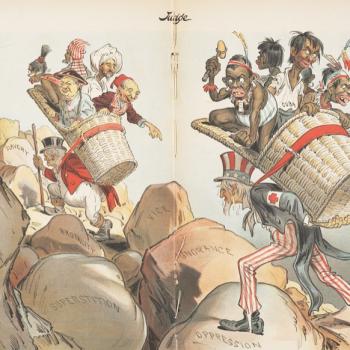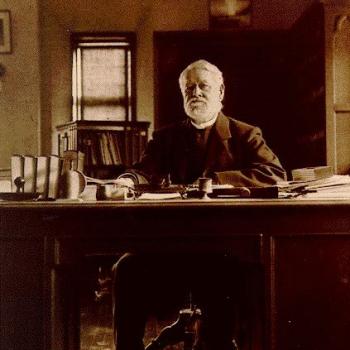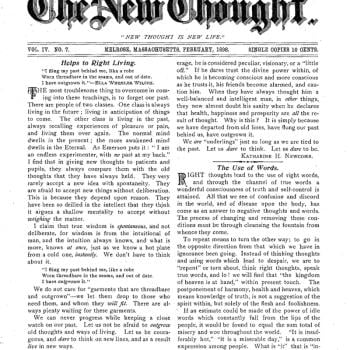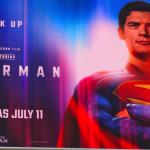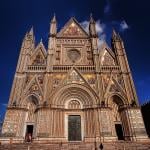In my last post, on the Book of Mormon, I asked a question: Does the Book contain a statement or idea about the New World that Joseph Smith could not have known at the time, but which has subsequently been validated by archaeological or historical research?
I mention this point because the apologist literature includes a good number of flat mis-statements about what Smith could or could not have known, eg he supposedly could not have known that there were cities and civilizations on American soil. But that is simply wrong. Anyone growing up in the US in the early nineteenth century knew perfectly well about the ancient lost cities that lay under the new nation. Exploring that point tells us a great deal about how Smith’s generation viewed the world.
During Smith’s childhood, US expansion into the Ohio country produced countless reports of the discovery of quite vast remains from the ancient mound-builder cultures, including geometric earthworks, road systems and giant carved figures – many of which were recorded, but are now lost. One of the most astonishing such complexes, at Newark, Ohio, became a white settlement in 1802. The following year, when Ohio gained statehood, the first capital was actually at Chillicothe, setting for still more mound remains. The Serpent Mound was first mapped in 1815. Then Americans pushed west to the Mississippi. By 1818, steamboats were sailing from St. Louis, allowing travelers easy access to such stunning treasures as the Cahokia mound complex.
These stories circulated through newspapers, prints, and of course travelers’ tales. Nobody could doubt that America had been home to ancient settlements and even substantial cities, and everyone knew that mere Indians could not have constructed them (as of course they had). It just remained to discover which set of unknown immigrants had done the deed. And if these immigrants had once existed, clearly they did not exist any longer, so they must have been wiped out centuries ago, presumably by Indians. As so often, the Book of Mormon is summarizing the standard knowledge and commonplaces of the US in the 1820s.
This gets to the issue of where Smith and his first followers thought the events in the Book of Mormon had taken place. Beyond doubt, they were locating the action around them, not just in the Americas generally but in the United States, and just over its then-borders. And, they believed, the Moundbuilder remains offered material confirmation for the Book’s tales. In 1834, Smith was traveling across western Illinois when, near Griggsville, he passed the mound burial of one he identified as Zelph, a “white Lamanite” of the Book of Mormon era. (Griggsville is a hundred miles north of Cahokia, and a hundred miles south of the later Nauvoo).
To adapt the famous line by the writer Saki, Romance at short notice was Joseph Smith’s specialty.
The following day, he wrote that
The whole of our journey, in the midst of so large a company of social honest and sincere men, wandering over the plains of the Nephites, [my emphasis] recounting occasionally the history of the Book of Mormon, roving over the mounds of that once beloved people of the Lord, picking up their skulls and their bones, as a proof of its divine authenticity, and gazing upon a country the fertility, the splendour and the goodness so indescribable, all serves to pass away time unnoticed
If you want to see a precise map of Nephite and Lamanite America, as imagined by Joseph Smith, then you can find one easily by looking at this helpful map of moundbuilder remains. Only from the 1840s, with growing awareness of Central America’s archaeological heritage, did Mormon eyes turn to Meso-America.
To find hypothetical remains of the Book of Mormon’s world, then, we should be looking in the Eastern US and the Midwest, areas very thoroughly known to archaeologists. Finding ancient cities and ritual complexes (temples?) in this region is actually easy: just look at Cahokia, Newark, Etowah, Moundville ….
No credible scholar, though, doubts that all such sites were constructed by the predecessors of historical Native American populations.
I can’t emphasize this too strongly. In most ways, the Book of Mormon apologists are harmless enough, but in this particular, the whole literature is deeply unsavory. The core idea, frequently repeated, is that there is a Great Mystery about the origins of New World remains, whether we are dealing with North American mound cities or Central American temple complexes. Who could this mysterious lost race of builders have been, the ones who were there before the Indians?
This harks back exactly to the core racist theme of nineteenth century pseudo-scholarship, the idea that simple savage Indians could not have done such wonderful things, so it just remained to find the civilized people who really did it. A dead giveaway in such apologias is the suggestion of a lost pre-Indian race. It’s precisely the same mindset that led generations of white academics to debate for generations which lost people build Central Africa’s spectacular Great Zimbabwe remains, before concluding that, of course, black Africans themselves were responsible.
To say things as simply as possible: no, there is not the slightest mystery in assigning credit for any New World remains, which were built by Native peoples, First Nations or, if you prefer, Indians.
IMAGE SOURCE: Wikimedia Commons, public domain
One addendum. There is a nice story about Cahokia here, with some terrific visuals.
Some books I’ve found useful on all this include Stephen Williams, Fantastic Archaeology: The Wild Side Of North American Prehistory (Philadelphia : University of Pennsylvania Press, 1991); Roger G. Kennedy, Hidden Cities: The Discovery And Loss Of Ancient North American Civilization (New York: Free Press 1994); George R. Milner, The Moundbuilders (London: Thames & Hudson, 2005); Timothy R. Pauketat, Cahokia: Ancient America’s Great City on the Mississippi (New York, N.Y. : Viking, 2009); and especially, Timothy R. Pauketat, ed., The Oxford Handbook of North American Archaeology (New York : Oxford University Press, 2012).




